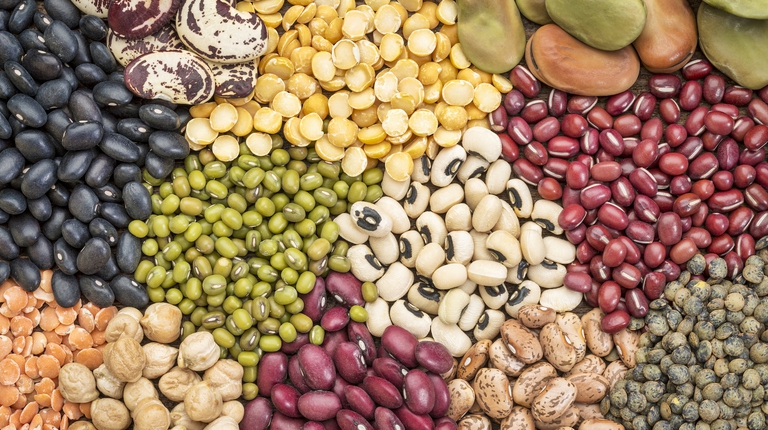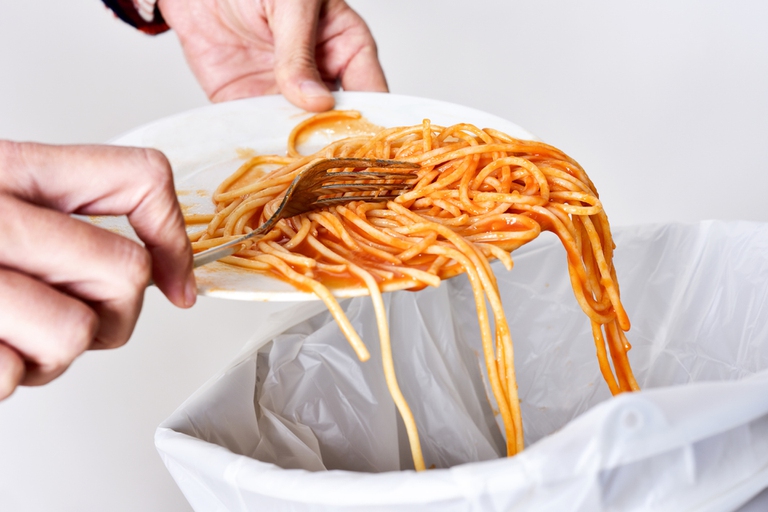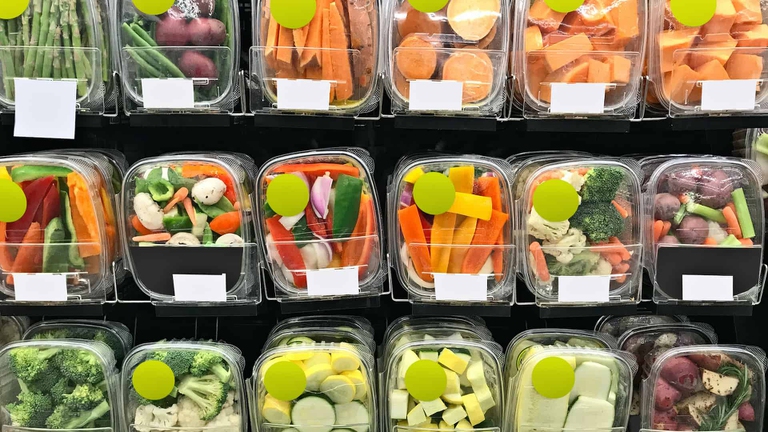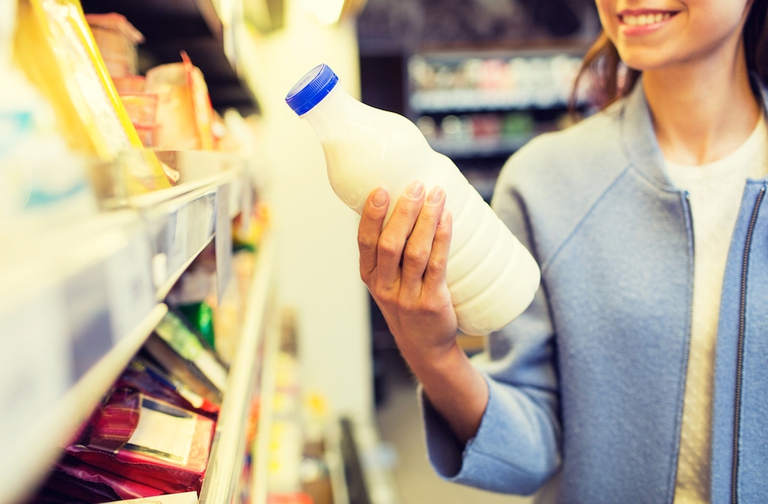https://www.lifegate.it/azioni-clima-cibo-slow-food
- |
- Slow Food Italia identifies 7 climate actions to be put into practice in daily food habits.
- These are sustainable choices for human health and the planet, such as reducing meat consumption in favor of vegetable proteins.
- The list of actions is part of the active citizenship project "In food civitas" to promote sustainable lifestyles.
Agriculture And farm are among those most responsible for climate changes with the emissions of greenhouse gases, but at the same time they are also the sectors that suffer the most due to extreme climate events.Make more virtuous This vicious circle it is also possible through your own food choices, also paying attention to the issues of exploitation of natural resources and of protection of biodiversity, closely related to the first sector and the climate.

And here, in this sense, the food becomes an extraordinary tool for active and democratic participation to the life of our communities and the future of the Planet.It is the message of the project “In civitas food.Empowerment, Actions, Territory for a citizenship that nourishes the future” with whom Slow Food Italy particularly involves i young.A educational proposal for the new generations that places food at the center, to train global citizens who can become ambassadors of one more balanced and sustainable lifestyle.
Food for climate:7 climate actions
As part of the project, promoted by the LVIA Association and with the support of the Italian Agency for Development Cooperation, Slow Food Italia has identified 7 climate actions to change your own daily eating habits, immediately, with small and simple gestures capable, however, of making a difference.
1.Good choices for us and for the Planet
The first action identified by Slow Food Italia is that of choosing foods that are good for the health of the body and, at the same time, for that of the planet.This means, for example, reduce meat consumption, rejecting the one coming from intensive farming heavily polluting, but also choose the fish according to seasonality – therefore avoiding purchasing specimens during breeding periods -, fished with sustainable and non-farming methods.It means, again, on egg, don't limit yourself to consuming chicken ones and always choose those biological, from breeding on the ground and not in cages.It is also good to prefer for fruit and vegetables, organic products grown without the use of pesticides harmful to humans and the environment and increase the consumption of vegetable proteins like i legumes, always choosing different varieties to favor biodiversity.
2.Protein transition
Change the origin of proteins that we take in with food, decreasing those of animal origin (i.e. meat, fish, milk, cheese and other dairy products, eggs) and increasing those of plant origin (especially legumes), is essential.Just think that every year they are 77 billion animals raised and slaughtered to obtain meat, with a consumption of 15,400 liters of water for every kg of beef produced in intensive farming, and that the livestock sector contributes to 14.5 percent of global greenhouse gas emissions. A chicken leg or a hamburger can be replaced by a dish of legumes such as beans and lentils, combined with some cereals such as wheat, rice, spelled or oats to obtain the essential amino acids of animal proteins.
For Slow Food Italia the golden rule for meat consumption is “less is better”, that is to say little meat and more quality, avoiding the one coming from industrial intensive farming which is found in supermarkets or moles fast food, instead purchasing the one produced in the most ethical and sustainable way possible, in extensive farming or where it is practiced pasture and themountain pasture.The same goes for i cured meats, with extra attention to avoid the preservatives.

3.Reduction of waste
The food waste it is an ethical, environmental and economic problem.Every year, according to FAO estimates, a third of the food produced in the world is lost along the distribution chain or wasted at domestic, catering and large-scale retail levels, while with the same quantity we could feed those suffering from hunger in the world. The value of food products wasted at home in Italy is equivalent to 6.48 billion euros:a waste of money, but also of the resources used to produce food.Not to mention that in Europe, the 7 percent of greenhouse gas emissions it can be traced back to waste. The fight against waste involves, among other things, one reasoned and measured spending, from one correct storage of food in the fridge, from the imaginative recycling of leftovers in other dishes, by the use of doggy bag in restaurants.

4.Pay attention to your water footprint, one of the 7 climate actions
The agricultural and livestock sector consumes the 40 percent of the total water used in Europe.In order to be produced, each food requires a certain quantity ofwaterfall:this value corresponds towater footprint of foods.To preserve water as a natural resource fundamental to life, it is therefore good to prefer foods with a low water footprint such as legumes, fruit and vegetables and, once again, pay attention to waste.
5.Avoid single-use packaging
In 2023, according to the survey Beach Litter by Legambiente, they were 705 pieces of waste found every hundred meters of beach, 72.5 percent of which are represented by plastic materials.Considering that on the total of plastic used in the European Union 40 percent is used for packaging, here we understand why food in plastic packaging should be avoided, especially if disposable.And this is even more true if you consider that disposable packages contain most of the time ultra-processed foods harmful to health like industrial snacks.It is important to choose bulk products or replace, for example, the consumption of a packet of crackers with a piece of fruit.

6.Grow a vegetable garden
Cultivate a vegetable garden on a piece of land, but also simply some potted plants on the terrace, it is useful not only for produce their own food and having it available fresh, but also to understand the value of the production itself.It means understanding the function of soil with its microorganisms andecosystem through insects, see first-hand what use of water and land is necessary for the production of food, discover the seasonality of foods.Furthermore, taking care of a plant helps you take care of yourself.
7.Read the label
Take time to read thelabel of products is fundamental for a conscious and responsible purchasing choice.In addition to organoleptic and nutritional characteristics of the product, a label can tell us the place of origin of the food and the production method.Careful reading is essential to not be fooled by eco-friendly slogan or from Images referring to naturalness and animal welfare that they cannot find real feedback in the quality and production of food.For them eggs chosen based on the label it's easier, for fish a first distinction is that between caught and raised, for meat it is more difficult, but you can find out by contacting the manufacturer directly.

In the last school year, the “In food civitas” project involved young people from four regions, Piedmont, Emilia-Romagna, Tuscany, Sicily, with support for territorial youth activism networks And training activities in schools, from courses for teachers to global citizenship education workshops for children.From 26 to 30 September 2024, the project will bring in-depth meetings, card games and immersive experiences on sustainable food systems open to all citizens to Terra Madre Salone del Gusto (Turin, Parco Dora).
It is promoted by the LVIA Association in collaboration with Slow Food Italia, Municipality of Turin, Municipality of Castelbuono, Municipality of Florence, Municipality of Forlì, Municipality of Cesena, Municipality of Cuneo, Municipality of Borgo San Lorenzo, ImpactSkills, University of Turin ( UniTo), Department of Philosophy and Educational Sciences (DISEF) and receives support from the Italian Agency for Development Cooperation.
